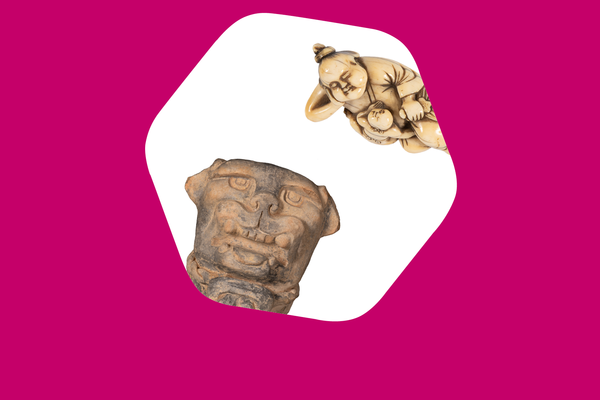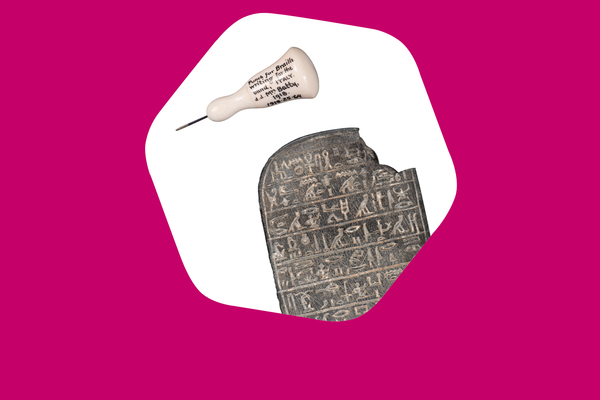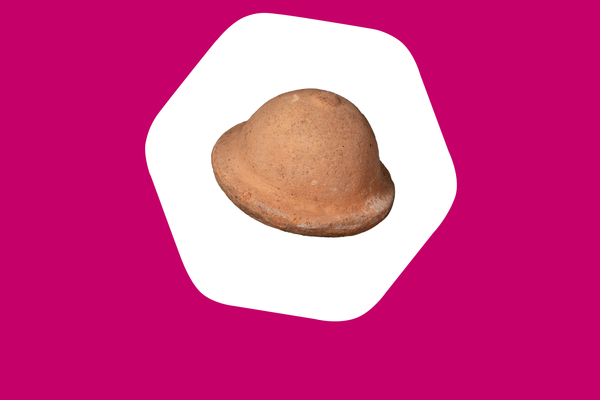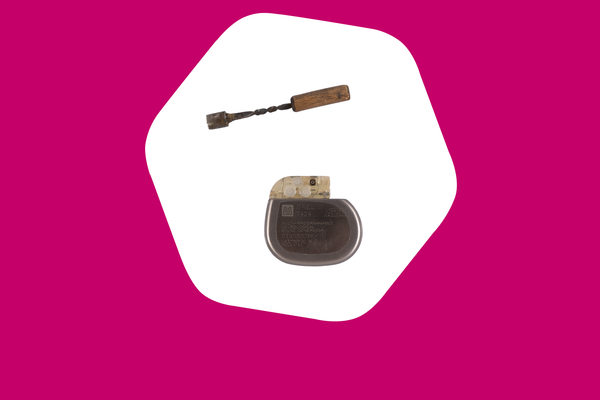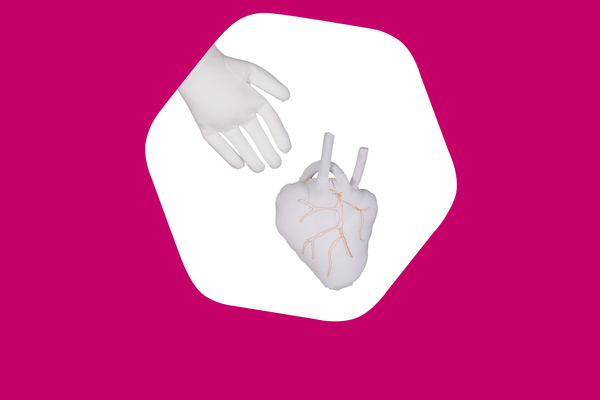Curating for Change
Today, there are 10.4 million people in England and Wales who identify as disabled. One in four households include at least one disabled member and one in five people will probably be affected by disability during their lifetime. These conditions have been experienced by people across history, but how do we find them and tell their stories? How can we bring more perspectives from disabled people into museum spaces?
Curating for Change, an initiative delivered in partnership with Accentuate and Screen South, exists to create strong career pathways for d/Deaf, disabled and neurodiverse curators, currently seriously under-represented in museums. Trainees and Fellows across the country are producing exhibitions, events and blogs, exploring disabled people’s histories – while gaining skills for careers in the sector.
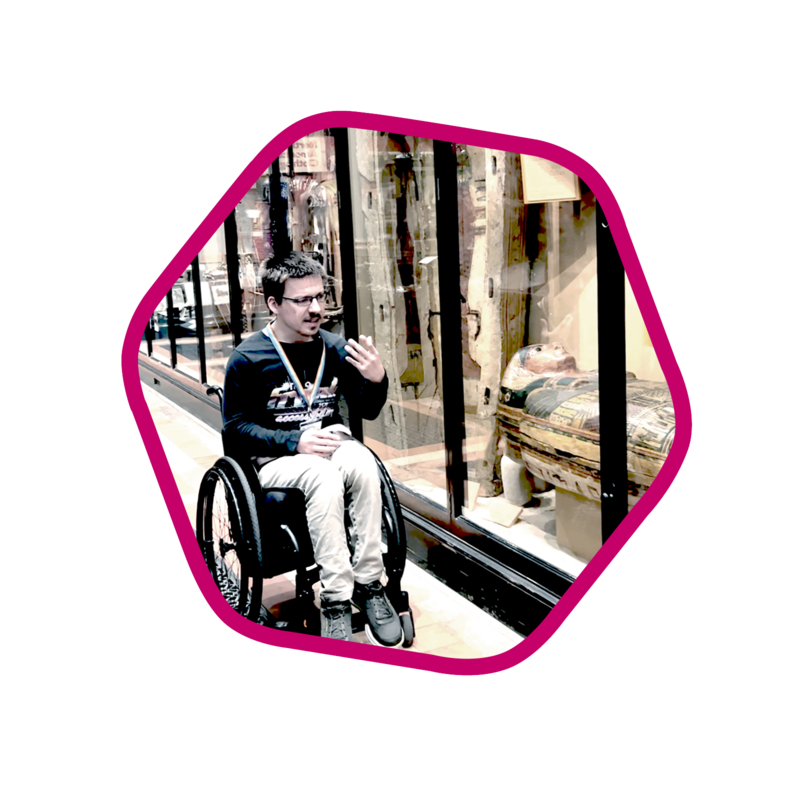
Kyle, a disabled Egyptologist who studies disability in antiquity, photographed while talking about the Ancient Egyptian displays in the Pitt Rivers Museum
Kyle Lewis Jordan, Curating for Change Fellow at the Pitt Rivers Museum and the Ashmolean Museum (2023-2024), re-examined and explored the museums' collections through a new lens, digging out the stories of disabled people across time, through objects in the collections that have perhaps lain hidden or been overlooked due to lack of information. At the Pitt Rivers Museum, this involved a series of workshops inviting local disabled people to respond to the museum and its collections by bringing their own lived experiences to these encounters with museum objects. Participants in these sessions become co-producers of a new set of stories and responses to the objects on display, which was been developed into a new trail across the three floors of the museum.
Nothing Without Us: Experiences of Disability, launched at the Pitt Rivers Museum on 16 November 2023 with a trail on display until 7 April 2025.
Download the A5 Nothing Without Us trail booklet (pdf) from the project to see what was included.
Download the A4 larger print version (44 page pdf) that includes all the text on display alongside pictures of the exhibits that were previously on display.
Download the A4 word document containing text for the project page and the A4 word document containing text for the all trail stop displays.
All the content on the trail webpages below was also made available to view on NaviLens app and NaviLens go app during the exhibition run.
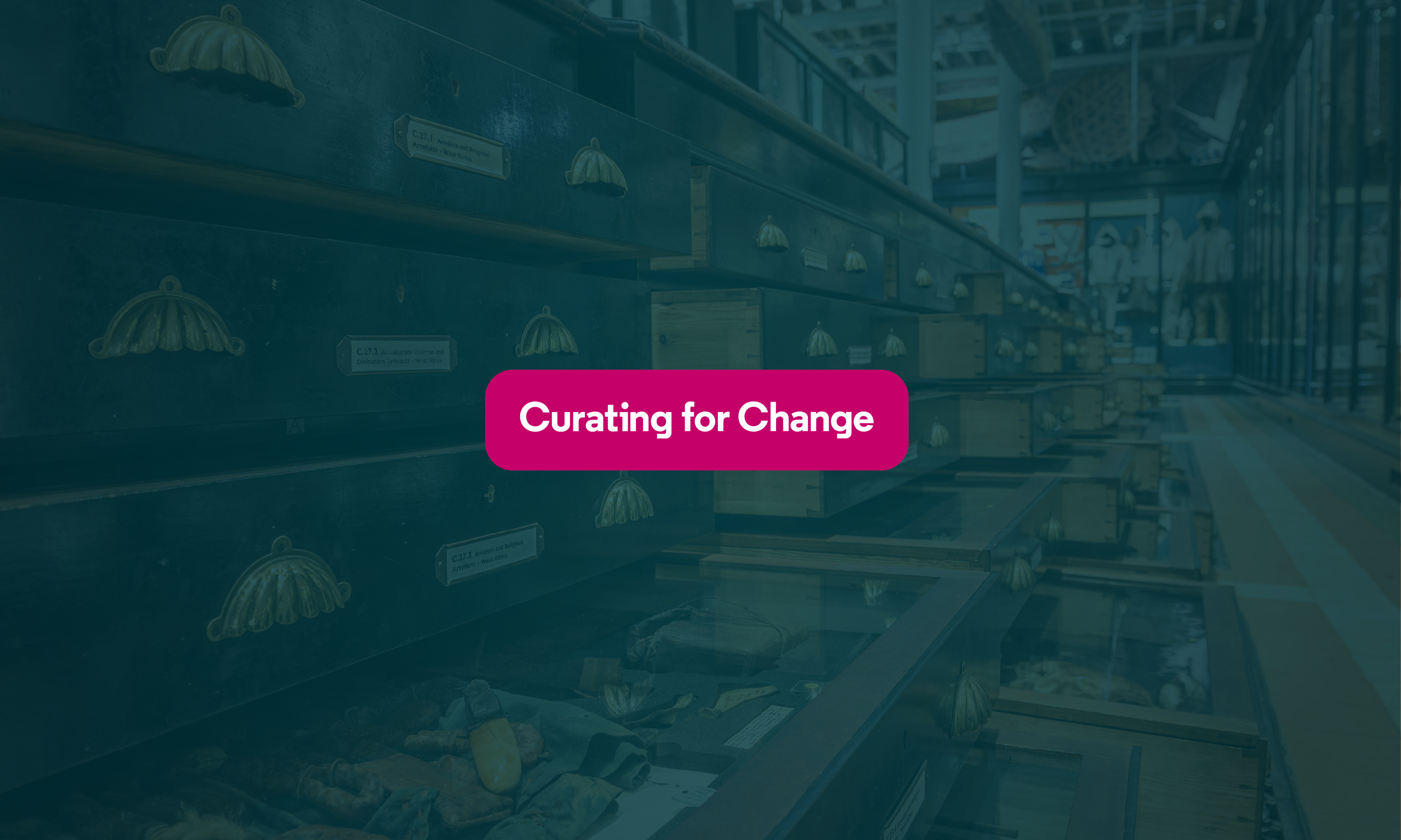
Nothing Without Us: Experiences of Disability
Nothing Without Us was a co-produced gallery trail that shared the lived experiences of disabled people, their stories revealed by objects in the Pitt Rivers Museum. The webpages for this trail have been archived here to enable ongoing access to information about this project and the gallery trail that ran from November 2023 to 7 April 2025.
In the summer of 2023, the Museum’s Curating for Change Fellow led a group of co-producers in researching disability across multiple times and spaces. Their questions grew from asking how disabled people lived throughout time, to interrogating how the objects capture the experience of disability itself. Their ideas covered themes of Form and Function, Precarity and Violence, and Care.
The project invited us all to reflect on how such experiences have not only shaped their lives, but have a deeper connection and meaning that matters for all of us.
Six stops were created on a trail at the Pitt Rivers Museum to share stories about the lived experience of disabled people, inspired by the objects in the museum's collection, and consider what it means for all of us. In addition to text-based narratives, some co-producers created and loaned artworks to feature as part of the trail displays in conversation with the museum objects - photographs of these works are available to see on this website in the trail stop links below.
Four of the six stops were on the ground floor, one was on the first floor, and another was on the second floor.
Ground Floor (also sometimes called the Court)
On this floor, stories focused on sharing experiences of the body and the mind; how different forms are depicted, and functions or behaviours are understood.
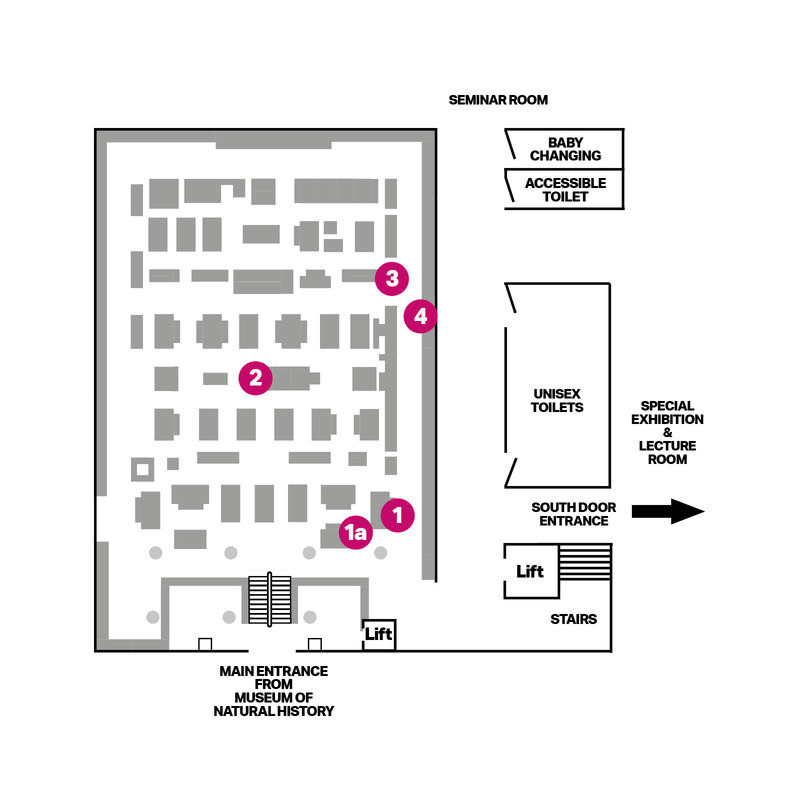
1. & 1a. Shaping the Body and the Mind
Discover three stories by Hannah, Sarah and Lucy.
Previously displayed in Cases 147, 148A, and 149, titled “Human Form in Art”. This stop explored the experience of “masking” and learning social cues, playfulness as a form of expression and learning, and the value of hugs.
2. Communication and Expression
Two stories by Christopher and Hannah were included in the Case 107A titled “Writing and Communication”, as well as embroidery artworks by Hannah.
This stop explored the value of being able to communicate one’s own experiences through a variety of mediums such as artwork, accessible formats like Braille, and more abstract ideas such as the ancient Egyptian “weighing of the heart”.
3. A Prayer for Help
A story by Brenda was included in Case 32A titled “Votives”. This stop investigated how votives give us an insight into past people’s experiences of pain and suffering, and how conditions we might not call disabilities can still have disabling effects.
4. Life, Death, (After) Life
Case 7A titled “Treatment of the Dead” included stories by Rachel and Kyle, as well as a translated Ancient Egyptian story printed on onion paper produced by Juliet.
This stop looked at how reframing our approach towards human remains – in this case, Egyptian mummified remains – and their burial provides new ways of understanding ancient ideas of the body.
First Floor (also sometimes called the Lower Gallery)
On this floor, stories focused on exploring disabled people’s complex relationship with medical intervention and innovation and how seeking care can at times lead to feelings of precarity.
It also included a Feedback Station.
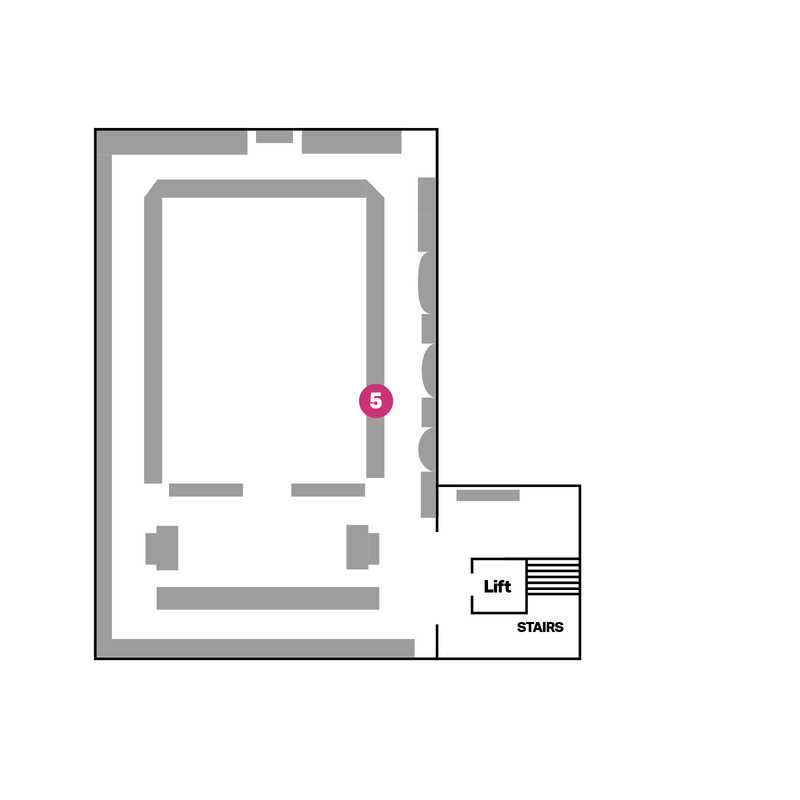
5. Surgical Interventions
Stories by Laurie and Brenda were displayed in Case L87A titled “Surgical and Medical Implements”. These looked at the historical practice of trepanning, modern innovations in the treatment of neurological conditions, and asks an open question on how do we begin to quantify those disabilities we sometimes label as “invisible”.
Second Floor (also sometimes called the Upper Gallery)
On this floor, space was given to highlighting disabled people’s experiences of trauma and violence with trail stope at Case U30 to 31A titled “Clubs” . The overhanging ceremonial clubs and maces were highlighted as a reminder of how these symbols of power are also a very visible reminder of the act of maiming, and visitors were asked: Why do we Maim?
The stories looked at the historical significance of depictions of maiming, and shared the personal stories of a family whose member’s each individually have faced decisions that caused them harm. The trail stop aimed to also hold space for reflections on recovery and safety, with a patchwork piece depicting a personal journey of recovery from trauma and a reflective piece on the effect of rules.
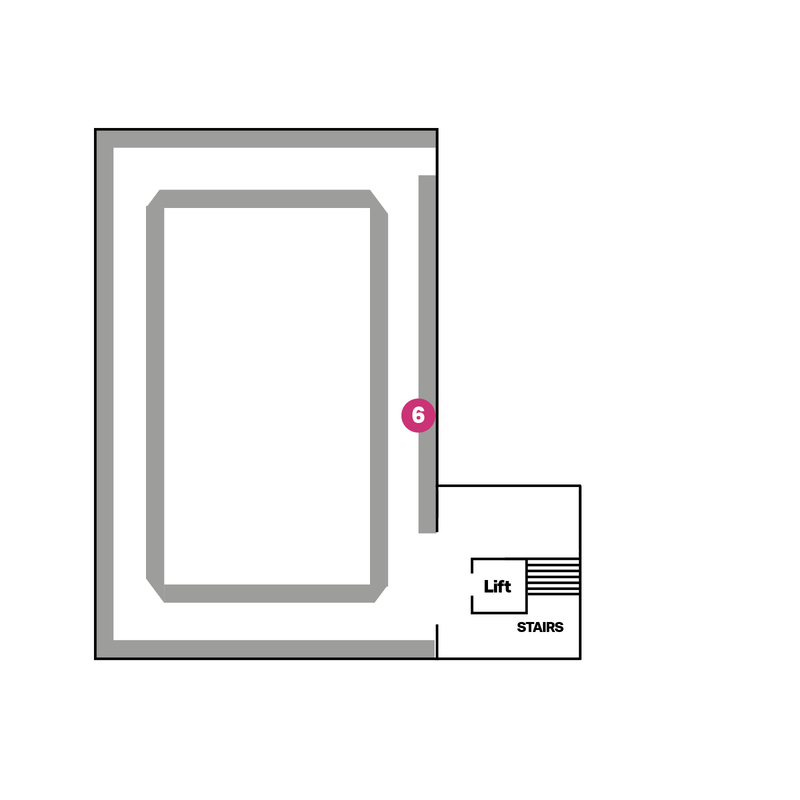
Why do we maim?
Stories by Kyle, Juliet, and Ryan, as well as blackwork embroidery by Ryan and textile artworks by Juliet in the display of clubs, were included in the tall display case on the right wall.
Shaping the Body and the Mind
Communication and Expression
A Prayer for Help
Life, Death, (After)Life
Surgical Interventions
Why do we Maim?
Lucy's Rules and Markers
Old Rule, New Rules
Rules can be helpful. They can give us guidance, help us feel safe, remind us to look after one another. Sometimes, however, they can also be unhelpful: if they’re difficult to understand, use threatening language, or don’t accommodate people who may need to do things differently.
Co-producer Lucy made multiple visits to the Pitt Rivers Museum and came up with some rules to help her get the most out of her visits. She shares them with us here in the hope that they can help others find the same excitement and joy.
Here are some rules Lucy uses to make her visit more enjoyable - you may want to try them yourself:
1. Take breaks and relax. Find quiet, comfortable places that you can think in.
2. Find objects that give you joy.
3. Surprise yourself. Look for familiar objects and find something new next to them.
4. Take time to be creative. Make drawings.
5. Write out the labels. Copy the labels and share them with friends and family. Ask questions.
6. Open the drawers. Pick beautiful objects to look at. Use a torch on a phone to see in the drawers.
7. Share your stories in the museum. Find objects that help to explain your life to people.
Download Lucy's Rules in Easy Read format (pdf file).
During the co-production sessions in the summer of 2023, Lucy and her mother Sarah spent some time exploring the galleries of the Pitt Rivers Museum and, along with contributing stories to our main displays, got really excited when finding other objects which they felt a connection with through their own lived experience and interests.
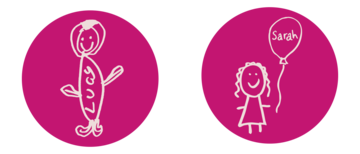
Embracing this spirit of joyful self-discovery, both Lucy and Sarah left their own markers with some of the following objects as an extension of the wider trail. These markers are no longer on display with the trail ending in April 2025. But the objects included are archived below to encourage you to also find something that you feel represents you on a visit to the museum galleries.
- 1995.21.14: “Snake Figure” – “I like small creatures. This snake is small and has a little smile.”
- 2002.105.1: “Roman Oil Lamp” – “Reminds me of my night light; you need to be able to see where your bed is when it gets dark.”
- 1924.6.36: “Medicine Box” – “You need to keep your medicines safe. This little box helps you do that.”
- 1993.31.1: “Plastic Cane Ball” – “Reminds me of playing, throwing and catching with my family.”
Both Lucy's Rules and these markers are examples of how co-producers have re-interpreted the museum as part of this project.
About Curating for Change and Disability History Month
This co-produced trail was part of Curating for Change, an initiative delivered in partnership with Accentuate and Screen South, providing opportunities for D/deaf, disabled and neurodivergent people, to purse a curatorial career in Museums. The project is led by Accentuate, a specialist programme within the organisation Screen South. Curating for Change is working with Fellow and Trainees at over 20 museums across England.
Find out more about Curating for Change
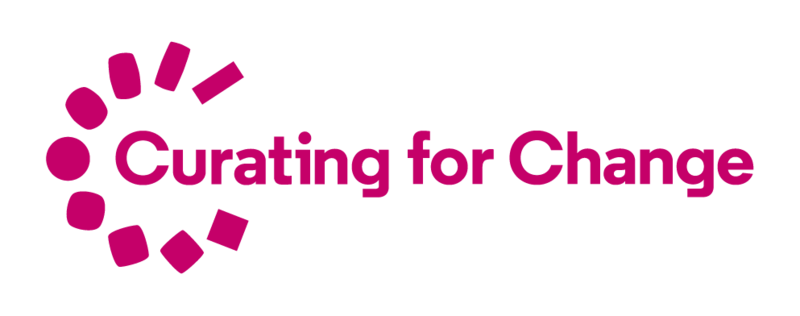





This trail launch and accompanying programme of work has been prepared to coincide 2023's Disability History Month 16 November – 16 December, which focuses on the Experience of Disablement amongst children and young people in the past, now and what is needed for the future.
Find out about Disability History Month
Credits and Acknowledgements
This trail was made possible thanks to the Curating for Change project, run by Accentuate and Screen South, and funded by the National Lottery Heritage Fund, Arts Council England, and Arts Fund.
Curator: Kyle Lewis Jordan
Co-Producers: Brenda Llewellyn Ihssen, Christopher Harris, Hannah Holden, Juliet Eccles, Laurie Pycroft, Lucy Shaw, M Garrido Davies, Rachel Cotton, Ryan Brown, Sarah Shaw
Project Managers: Beth McDougall, Zena McGreevy
Exhibition Design and Installation: Alan Cooke, Josh Rose
Photography: Henrietta Clare
Digital Support: Katherine Clough
Print Design: James Horrocks, Creative Jay Design
Special Thanks to… Hayleigh Jutson, Marina De Alarcon, Natasha Podro, Pitt Rivers Museum colleagues in Collections and Conservation departments, and Esther Fox, Emily Goff, and Ruth Garde at Curating for Change.
